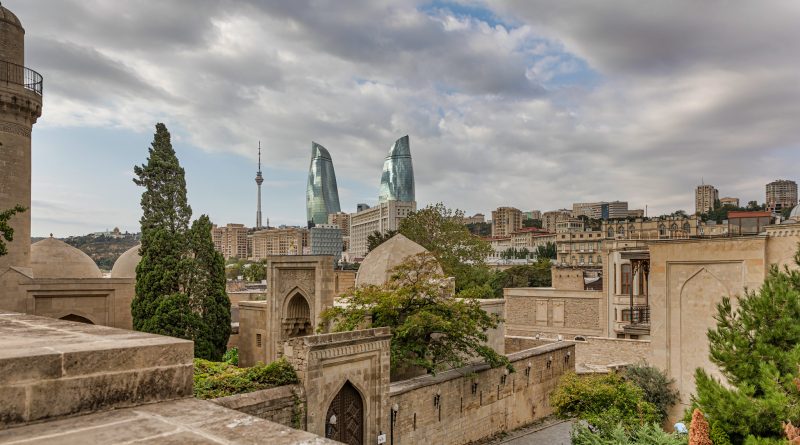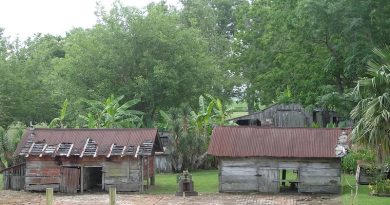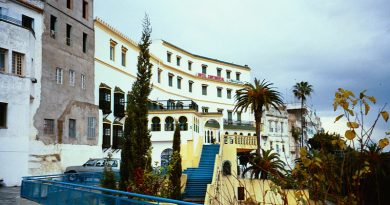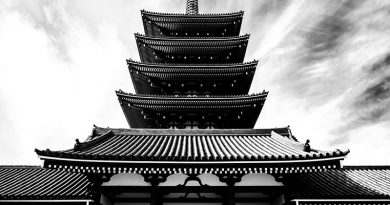Georgia, Armenia and Azerbaijan Destinations
These three countries straddle the borders of Europe, the Middle East and Asia where regional conflicts and ethnic divisions have often deterred travellers.
Tbilisi
Not far from the border with Azerbaijan, in the central-eastern part of the country, is Tbilisi, Georgia’s capital city. Tbilisi is sited in a very picturesque setting on both banks of the Mtkvari River in a gorge surrounded by mountains. It takes its name from the hot springs (tbili means warm) that are one of the city’s main attractions. Most of its public buildings are located onRustaveli Avenue. Between 1992 and 1994, this was the scene of war. There are few signs of the War of Independence left today, however, and new scenes are being played out in the theatres on this street. It’s well worth trying to catch a show if you can.
Tbilisi is a bustling European city and the flea market is a good place to people watch. Here you can purchase a whole array of strange artifacts cheaply. A good place to sample the local vodkas and to try something new – pickled flowers – is a café-bar called 3 Alani, just off Gorgasali Square.
Vardzia
Vardzia in the south of the country, close to the Turkish border, is a Medieval cave city built into the rocks above a river. In its heyday it housed 50,000 people, but it was originally built in the 12th century by King Gorgi III as military fortifications. There are over 600 rooms, monk’s cells and a church. There are still a few monks living there who act as guides but they do not speak English, they will merely prevent you from getting lost. An entrance fee of six lari ($3.50) is payable but the monks also expect a tip.
Batumi
Batumi is a 19th century subtropical city on the Black Sea coast in southern Georgia. The water here is unpolluted and the sand golden, and the beach is excellent. The city is scattered with palms, Cypress trees, lemon trees, orange trees and Magnolias. Batumi was once ruled by the Turkish who ran a successful slave trade out of the city. Today it is an important port city where oil from Azerbaijan, citrus fruit, and tea are exported. The main attraction is just outside of the city – a huge Roman Byzantine fort called Gonio Sarpi built in a mountainous valley. Batumi is a laidback seaside city where the mountains run down to the sea. Its parks, shady avenues, rundown mansions, and coastal drives offer a relaxed place to stop for a few days.
Armenia
Yerevan
Yerevan is a feast to the eyes. The buildings are built out of local pink volcanic rock with elaborately carved doors and facades, overshadowed by the biblical Mount Ararat. Yerevan, situated in the south-west not far from the Turkish border, is one of the oldest continuously inhabited settlements in the world. Make your way around the streets – watch out for pot holes -and you’ll see, among other things, petrol being sold on the street at a very high price due to the Azeri blockade. The Genocide Monument dedicated to those that died and Republic Squarebare testimony to the struggle for independence and land in this region following the collapse of the U.S.S.R..
The Materadaran library houses the largest collection of ancient manuscripts in the world. There are many beautiful examples of highly decorated ancient texts, some as old as the ninth century. Visit the Vernissage tourist bazaar to buy Kurdish wares, carpets, and paintings amid an array of bric-a-brac. There are twenty museums in the city which should provide enough variety to keep any traveler happy. When you’re hungry go to Khorovadz Street, where every other shop sells the infamous kebab. ‘Khorovadz’ means skewered grilled meat, which is the type of kebab you’ll find here.
Dilizhan
Dilizhan is where Armenia’s famous mineral water is sourced. It has been considered a place of healing for a very long time and the government plans to build spas and ski resorts in this region. Currently it is a real off the beaten track destination with few facilities. Nearby to the south, Lake Sevan has a stunning resort located on its northern shores. This region was very popular with Russian holidaymakers, unfortunately today, a lack of real infrastructure means that the lake is under threat from hydroelectric and irrigation systems which may have caused irreversible damage by lowering the water level drastically. Outside of Dilizhan is the Agartsin Monastery, an example of 10th to 13th century architecture which was thought to have been a cultural centre.
Azerbaijan
Baku
Baku, the capital city of Azerbaijan, sits atop a desert on the far eastern side, halfway up the country and close to the Caspian Sea. It’s a lush city thanks to an irrigation system built by the 19th century owners of now dilapidated mansions on oleander and olive-lined boulevards, relics of the last oil boom. In fact there is a real sense of a magical mystery past. Cool, shady tea houses with gardens and waterways have earned the seafront the nickname Little Venice.
In the maze of streets and medieval walls of the Old City you’ll find Shirvanshah’s Palace, a striking piece of elaborate Medieval era Middle Eastern architecture. It contains minarets, a burial chamber, a mosque, and baths. Archaeological evidence in this part of the city has shown that Baku is one of the oldest continuously inhabited places in the country. Climb to the top of theMaiden’s Tower for great views over the city then come out into a world of brightly colored, Aladdin-style carpet caves where you can bargain the day away. Next stop: Taza Bazaar, where you can purchase all sorts of wares including the Azerbaijan dietary staples of paprika, saffron, and walnuts.
Atesgah Fire Temple
The Zoroastrian temple of Atesgah (‘home of fire’), worshipped at for thousands of years, is situated on the Asperon peninsular in the village of Surakhany – the most easterly point of the country projecting into the Caspian Sea. Azerbaijan, rich in natural gas and oil, is also known as Odlar Yourdu (‘Land of Fires’). Atesgah Fire Temple was built above a pocket of natural gas and four flames burn continuously in its four corners. The flames escaping from the ground on the peninsula were considered to have divine power by the Zoroastrians, who were dominant in Azerbaijan in the 17th century, and also by the Indians who were at the time trading with the country. As news spread, pilgrims from India followed the merchants to the peninsular to build these places of worship. Sanskrit and Hindi inscriptions are evidence of the Indian connection.
Gobustan
Gobustan, 45 miles from Baku, is a famous archaeological site where Neolithic art adorns the rocks. The 4,000 carvings depict hunting scenes, dances, and ancient tribal rituals. Evidence of later art and ritual behaviour is in the form of a ceremonial stone circle and a Latin inscription.
Guide by Faye Welborn
Destination – Georgia / Armenia / Azerbaijan




